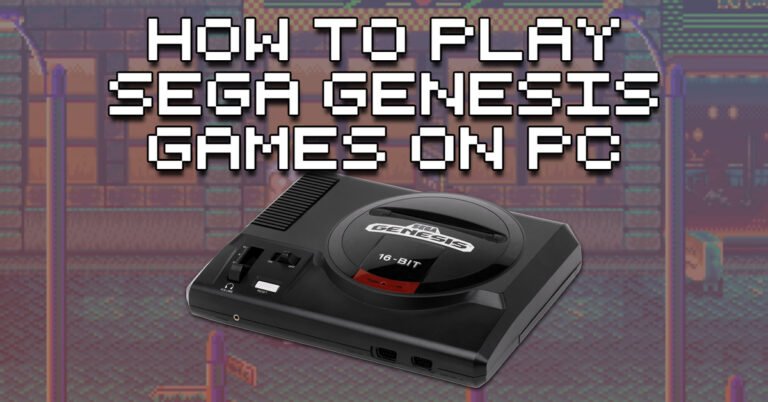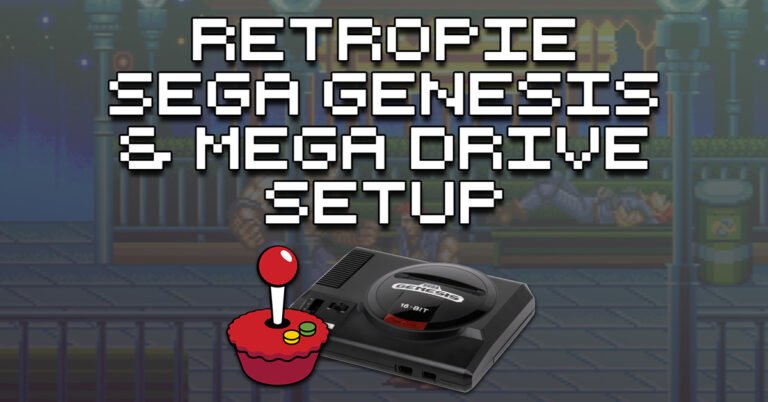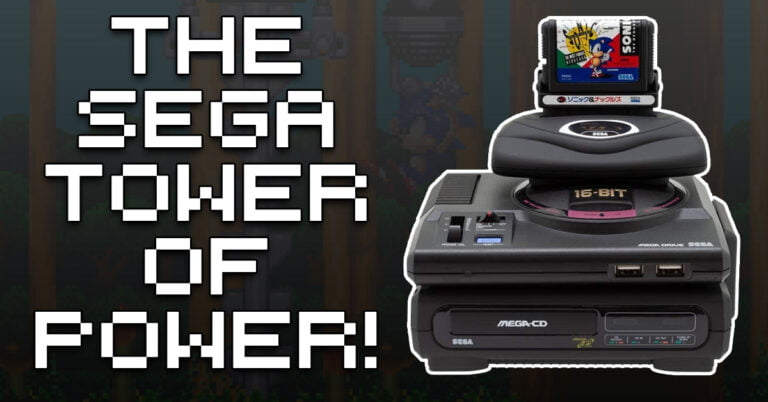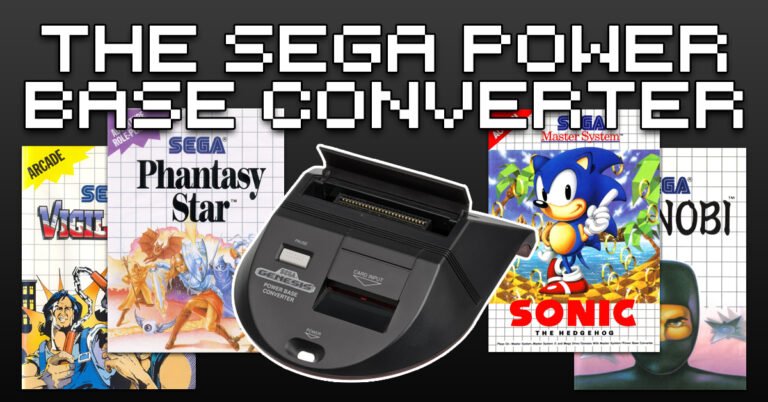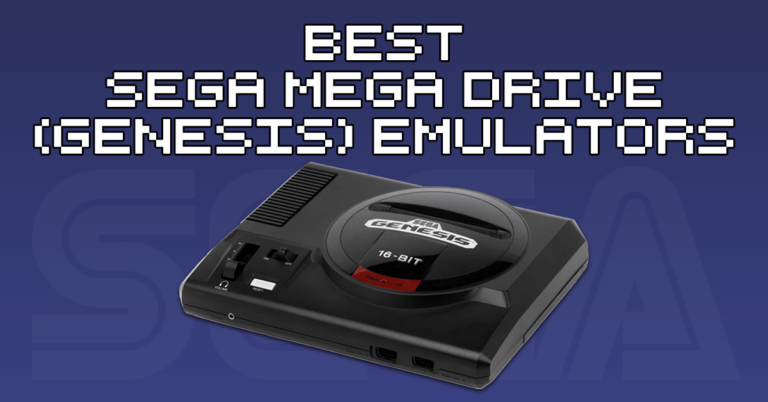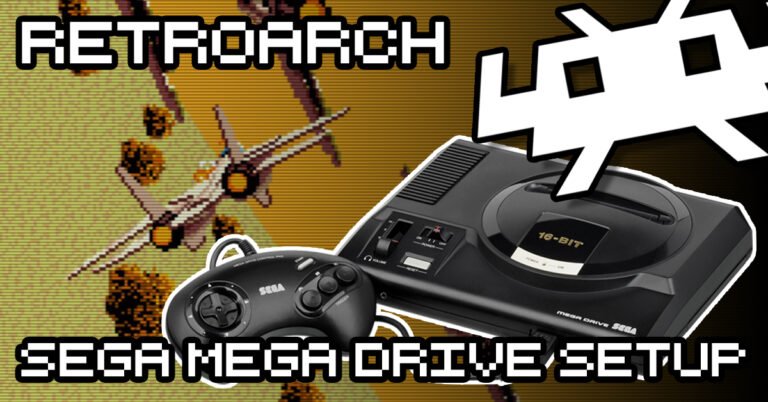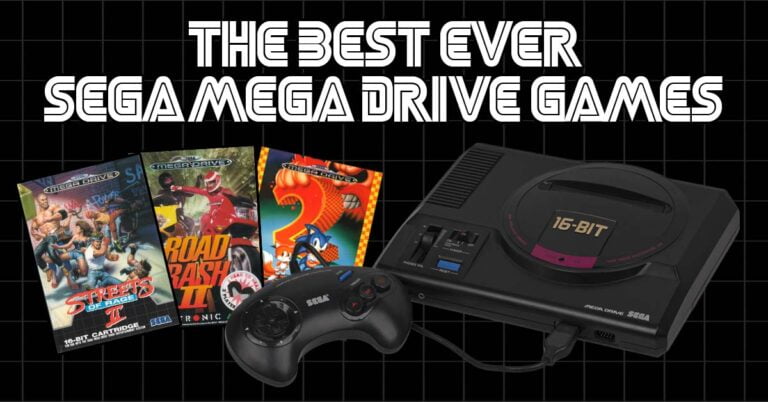Sega Genesis / Mega Drive
Released in 1988, the Sega Mega Drive, also known as the Genesis in the US, succeeded the Sega Master System console. This system also represented Sega’s move into the 16-bit era.
Sega Genesis Related Articles
About The Sega Genesis / Mega Drive
The Sega Genesis’ technology was derived from Sega’s own ‘System 16’ arcade board. It utilises the proven Motorola 68000 CPU, backed up by a secondary Zilog Z80.
Sega’s Mega Drive also represents the first platform on which a Sonic the Hedgehog game appeared. Sonic inevitably became Sega’s mascot and formed part of a bundle with the Mega Drive that became a strong system seller.
Competing directly with Nintendo’s SNES, the system was hugely popular worldwide. Although selling less across the world than Nintendo, the Mega Drive sold c. 30 million units vs. the SNES selling 49 million. The system as expected based on the Master System’s performance, outsold the SNES in Europe but was still behind in the US and Japan.
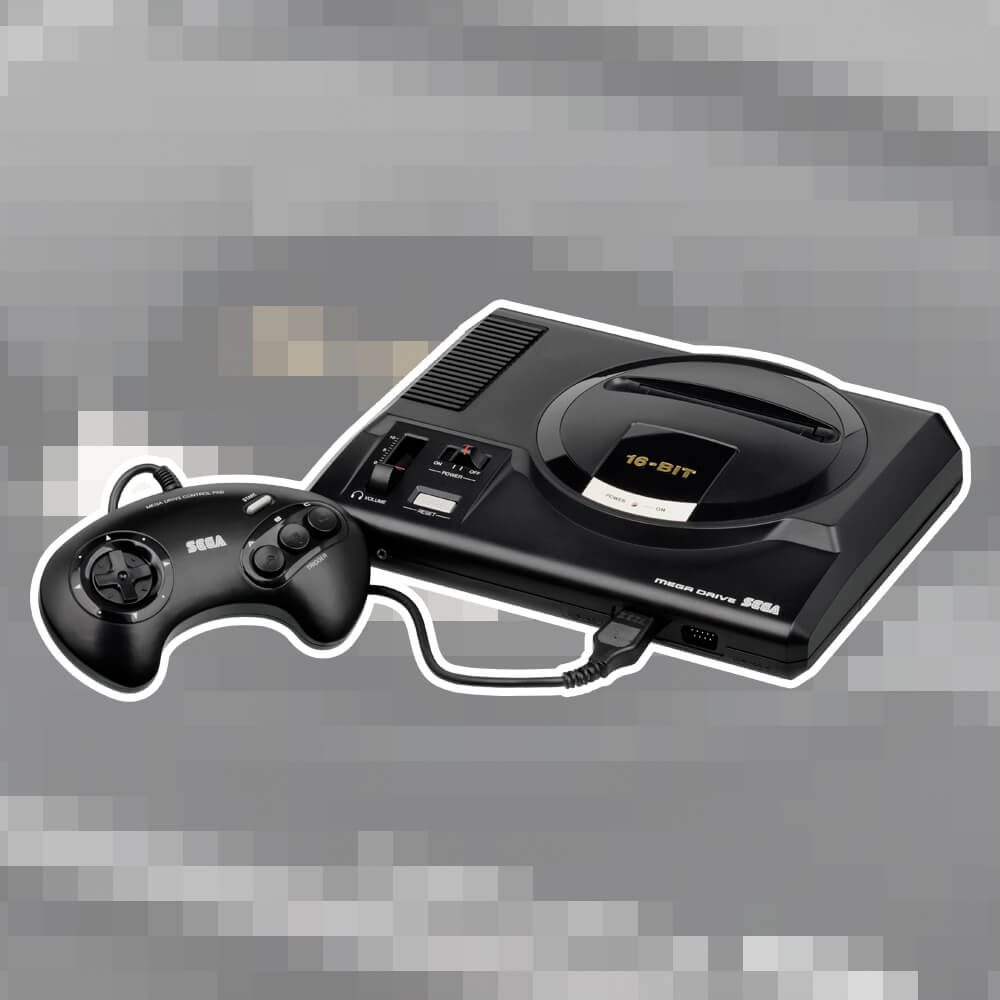
The Mega Drive had two add-on systems/peripherals in an attempt to extend its life. The Mega CD/Sega CD was released in 1991 and the 32X in 1994. Both did not perform that well, especially the 32X which is considered the beginning of Sega’s downfall from producing hardware.
Their Mega CD however performed modestly but was still not really considered an overall success. Sega was part of the pioneering few who were embracing CD-ROM technology for consoles. Perhaps they paid the price for jumping on board too early. The real nails in the coffin though were still to come after the Mega CD with the 32X and Sega Saturn.
Sega ceased retailing the Mega Drive in 1997, licenced variations continued with other international sellers. Sega’s successor, the Sega Saturn launched in 1994.

A lifelong avid gamer and computing enthusiast, Matt has decades of Retro Gaming experience. Now over 40 years old, Matt now even considers himself retro, but fortunately, nobody has developed a Matt emulator (not yet at least!).
